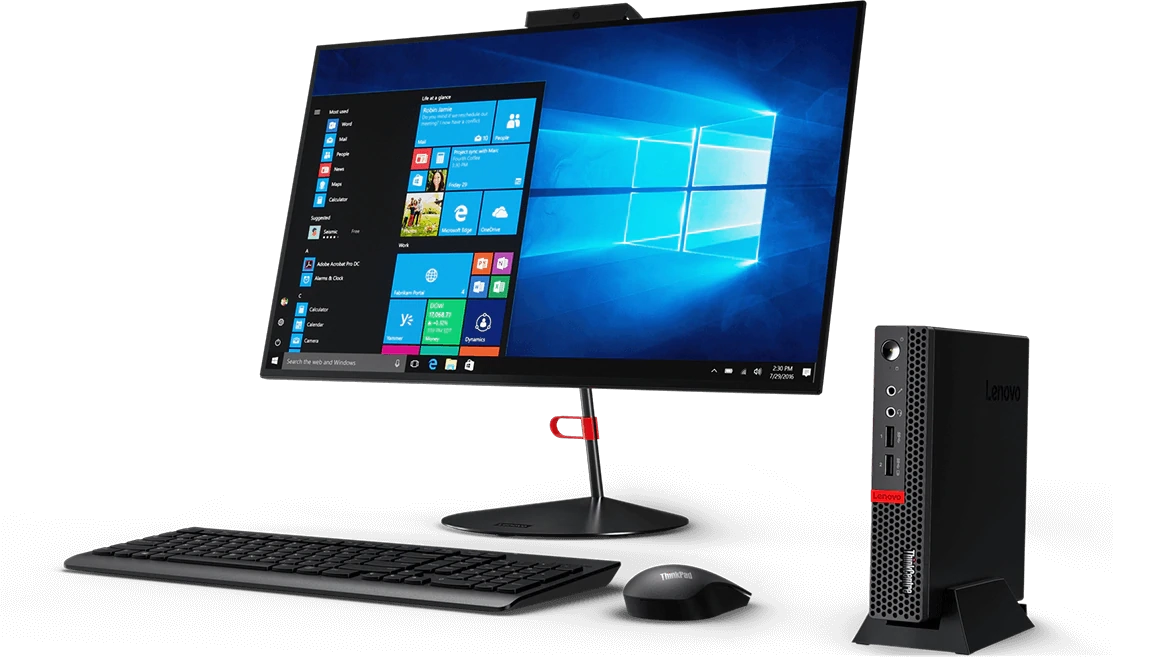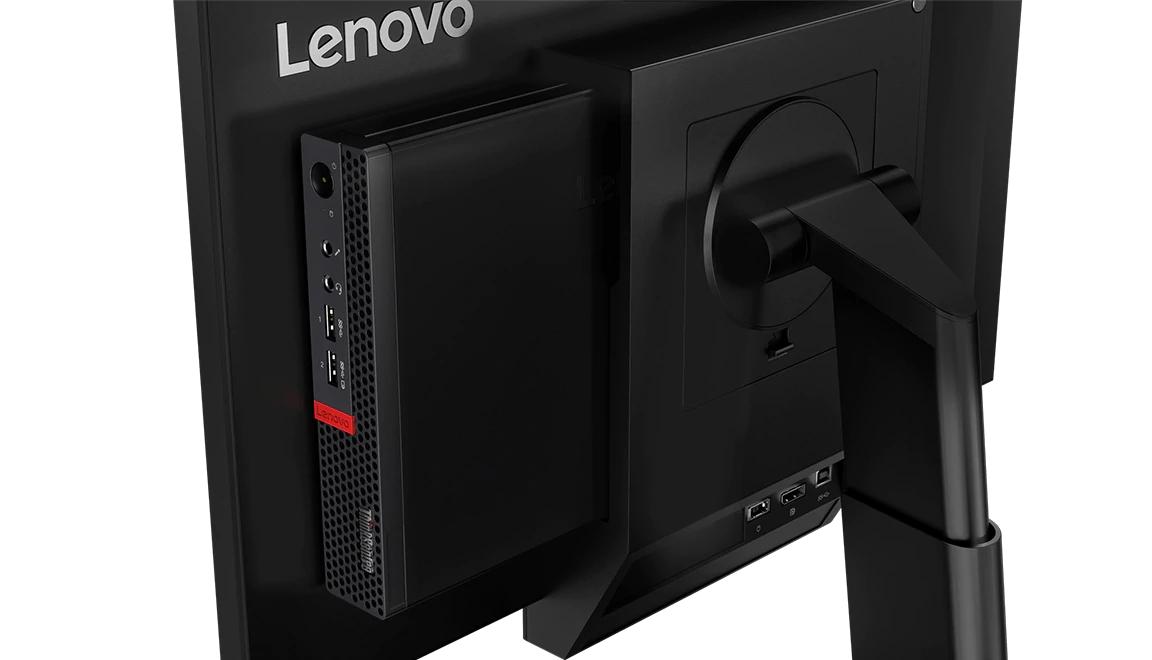We're sorry,
Products are temporarily unavailable.
Continue Shopping
Learn More
See More
See Less
Coming Soon
Featured Product
Featured Products
Oops! No results found. Visit the categories above to find your product.
Save
Matching results
Matching Result
Product has been added to your cart.
Includes {qty} items
(Qty: {qty})
Quick View
Delivery Date
Name A-Z
Name Z-A
Double Rewards = {points}
Triple Rewards = {points}
4X Rewards = {points}
5X Rewards = {points}
Huge Rewards = {points}
Earn {points} in Rewards
Add {name} to your system {price}
Add {name} now for only {price} if purchased separately
Shop All ({count})
Shop All {facetValue} ({count})
Discounted Add-Ons
Save
(WEB EXCLUSIVE)
Frames Per Second (FPS)
With higher FPS, your games are quicker & smoother.
FPS will vary by game.
Learn More
Choose Your Game
Select an option below
FPS
Game FPS
Bundle item includes:
Buy it Again >
What’s Included
what is in the box
of
Ask an Expert
Call our Sales Team at:
Mon-Fri 9am-5:30pm GMT
Buy it Again >
of
Bundle item includes:
What’s Included
what is in the box
My Price:
Expiration Date:
Remaining Units:
The quantity has fully been purchased. Please contact your dedicated account specialist.
This item is out of stock. Please contact your dedicated account specialist.
Specs
Part Number
After eCoupon limit is met, price is {0}
After eCoupon limit is met, price is {nonEcouponPrice}
Product 360
Video
Photos
Select your favorite games to see the max FPS each PC can attain.
FPS for this system per game
FPS
Pending_ux
Special Offers
See all offers
CTA link destination cart cto
CTA link destination cart noncto
Add To Cart
Build your PC
EMI Financing Options
Months
*The above EMIs do not include the interest charges of the respective banks
Learn More About Financing >
EMI options available from HDFC, Citibank, American Express, Axis Bank, Central Bank of India, Corporation Bank, HSBC Bank, ICICI Bank, IndusInd Bank, Kotak Mahindra Bank, RBL Bank, Standard Chartered Bank. Interest amount may vary from bank to bank*.
Current Promotion: No Cost EMI available on all products above Rs. 17400 for 3 and 6 months.
repairabilityText
Sorry, there are no results with your selected filters of:
Get Help
Chat Now
Need more help?
Click on the link above to contact a Lenovo Representative.
Remove All Filters
Start Over
Remove all filters to receive more results.
Sorry, there are no results.
More information about {0}
Expired
No available data
Extended Catalog
Up to "x" FPS
Exclusive Loyalty Price
Loyalty Savings
LOYALTY DISCOUNT
Other Models
Availability
{num} In Stock
Only {num} Left!
Quantity does not account for units reserved by other {siteName} shoppers
Contact Sales





